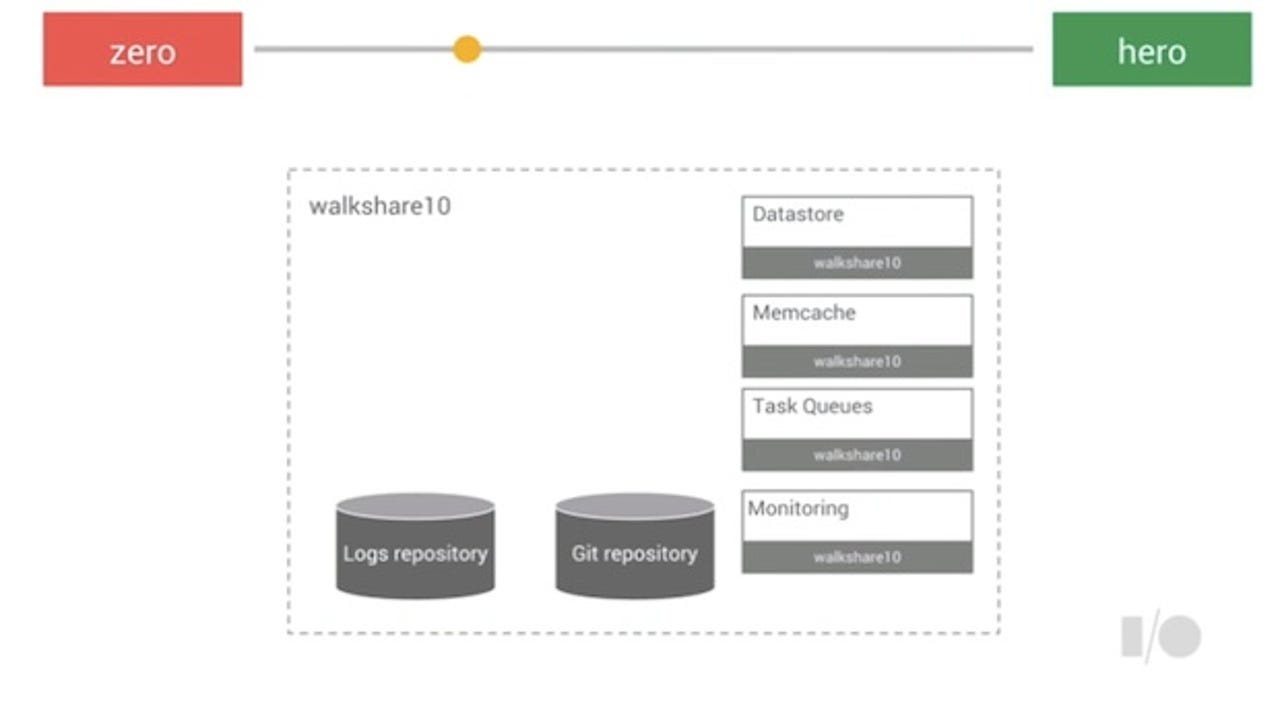Google's 12-month cloud plan? Execs hint at much more to come


SAN FRANCISCO — 2014 has already been a banner year for the Google Cloud Platform with steep, even unprecedented, price cuts tinted with a Moore's Law-like mantra earlier this year.
More from Google I/O 201
After the first day of Google I/O 2014, it appears to be just the beginning of the Internet giant's mounting attack plan as the cloud market becomes a much more heated battlefield than years past.
Greg DeMichillie, director of project management for Google Cloud Platform, mentioned at a press conference on Wednesday that the focus this week is on productivity and big data, acknowledging other enterprise products and priorities haven't been allocated as much public attention for the moment.
Nevertheless, he revealed that “this is a very busy 12 months for us," hinting at much more to come over the rest of the year.
"It’s time for momentum,” declared Google enterprise president Amit Singh, attributing part of that energy to the growing product portfolio matched by customer adoption. Singh also stressed that the Google enterprise business isn’t just growing domestically but internationally as well.
DeMichillie broke that down even further, asserting that interests shared in the web and startup communities, ranging from Platform-as-a-Service to Hadoop and data flow technologies, have seeped into and influenced the enterprise market.
On the cloud front, DeMichillie observed that with many businesses, once they’ve "gone Google in one part of their businesses," they basically "go Google" entirely.
"It’s so divided in terms of how you manage an Android device, a lot of companies are giving up,” Sheth admitted. "What we want to get to, and what the industry wants to get to, is something very consistent.”
The “Go Google” concept is being applied all the way down to mobile devices and APIs connecting Google Apps to the rest of the enterprise cloud software space.
Ryan Tabone, director of project management for Docs, Sheets and Slides, touted the new built-in support for Microsoft Office documents with Quickoffice. On that development, he said simply, "No matter where you are, it should just work.”
Scott Johnston, director of project management for the Google Drive team, observed we’re seeing "a fascinating shift to purpose-built applications targeting very specific use cases."
Google product manager Chris Ramsdale reiterated that sentiment during a session about the Google Cloud Platform later in the day, adding that the task now is taking the user experience and consolidating it down to the core application.
On the mobile front, Google took a big step in aligning itself with one particular bring-your-own-device (BYOD) platform, made by none other than its most prominent Android ecosystem player: Samsung.
Rajen Sheth, lead of project management for Chromebooks and Android, asserted that Samsung Knox is finally providing a consistent user experience for managing work and personal apps across the Android mobile device spectrum.
Sheth explained that Samsung is building a compatibility library, which will effectively be available for every Android device going forward. He clarified that existing Knox users can continue on as normal while Google will continue to partner with its entire ecosystem to encourage deployment.
"We didn’t want to have it so that you have to manage an Android device in six different ways,” Sheth remarked in regards to balancing previous approaches executed by OEMs and software vendors.
In response to questions to what Samsung might get out of this partnership, Sheth defended the Knox integration by suggesting awareness of a “divided-we-fall mentality."
"It’s so divided in terms of how you manage an Android device, a lot of companies are giving up,” Sheth admitted. "What we want to get to, and what the industry wants to get to, is something very consistent.”
Screenshot via Google I/O